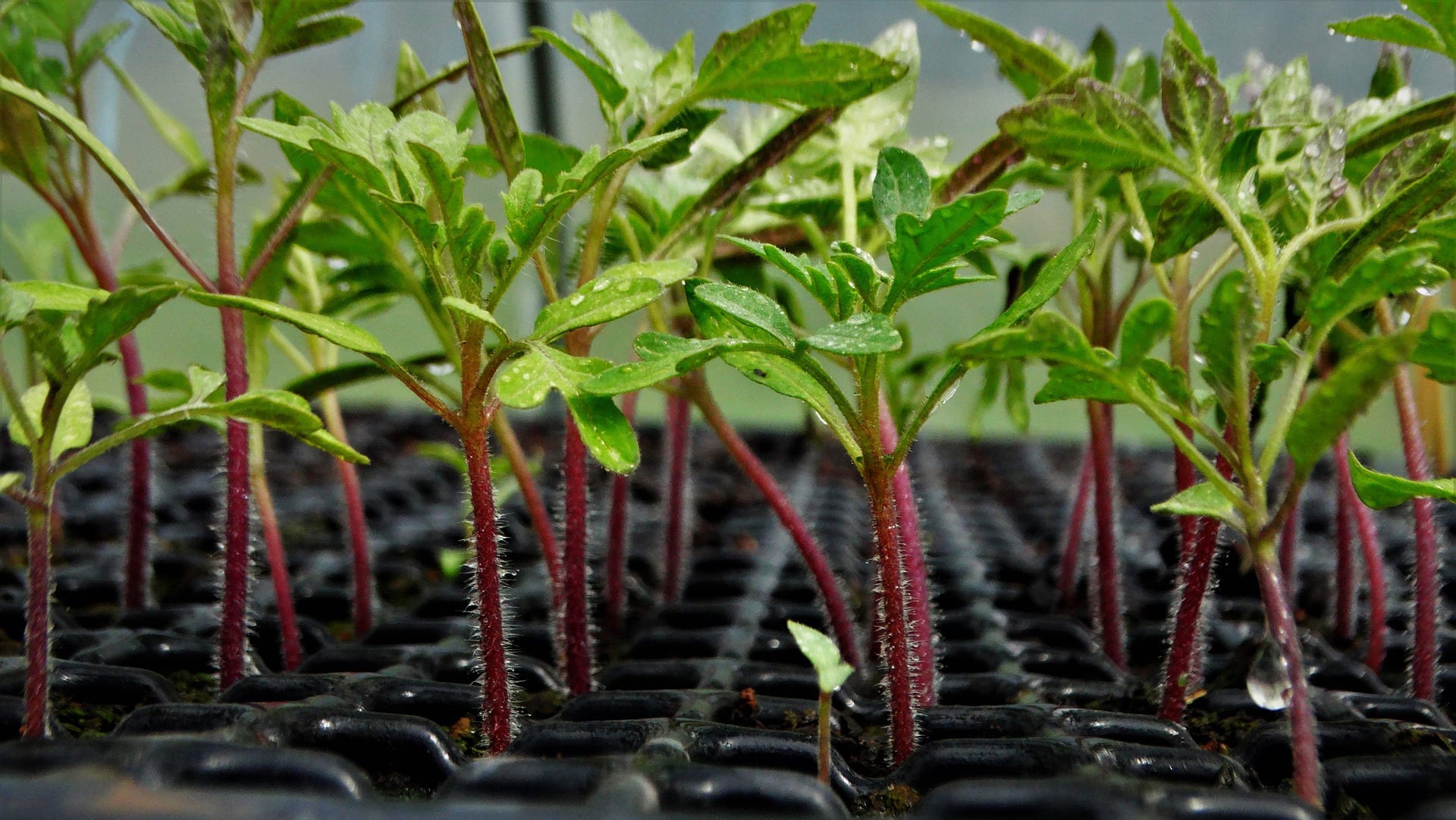
Glossary for « neophytes »
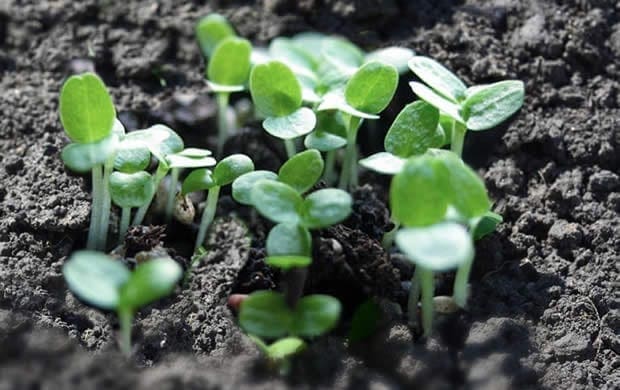
Glossary for « neophytes »
Spring is the season for seeding; it is time to sow your vegetables, flowers, fine herbs indoors or, a bit later in the garden. Garden centre displays abound with different varieties of seed packets and you can find an even larger choice when ordering from a catalogue via the Internet or mail. It can sometimes be a challenge to understand the vocabulary found on the back of the seed packets or in the catalogues. You will find below a few common terms and their definition that can be helpful.
A
Acclimatization: the action of adjusting young plants sown indoors to the outdoor conditions, a crucial step for production. Usually, you place the young plants 2 or 3 days in the shade, then 2 to 3 days in semi-shade, then 2 or 3 days in a sunny area before planting in their permanent location.
Annual: a plant that completes its life cycle, from germination to seed production, in one year and that dies afterward. Ex.: cosmos, Indian carnation, Gazania.
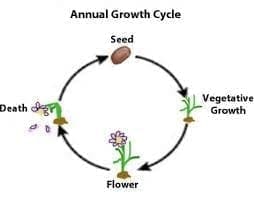
Annual – rustic: an annual that can tolerate cold, even a bit of frost, that we can sow directly outdoors early in the season, sometimes even in autumn. Ex.: spinach, sunflower, poppy.
Annual – semi-rustic: annuals that tolerates cool temperatures, but not the frost. In the cold region, they are sown indoors, to save time. In areas of mild climate, they can be sown directly in the ground like a rustic annual. Ex.: cosmos, parsley, petunia.
Annual – tender: annuals that does not tolerate cold, neither cool ground. They must always be sown indoors then replant when the exterior soil is warm. Ex.: basil, begonia, castor.
Auto sterile: a plant that must be pollinated by another variety to produce seeds. Most fruit trees (apple tree, pear tree, plum tree, cherry tree, etc.) are partially or completely auto-sterile. You must always cultivate two (2) types of cultivars of the same species to ensure having fruits.
B
Biennial: a plant that completes a life cycle in two years, usually producing some leaves the first year and flowers and seeds the second year. It will die after the production of seeds. Ex.: foxglove, parsley.
Botanical name: is the same as the Latin, scientific or binomial name. It consists of two words; the first being the gender (a name shared with related plants, a bit like the last name with humans) and the second, the specific name, precisely determines the plant. For example, Solanum tuberosum is the botanical name for a potato and Solanum melongena is the name of an eggplant. Both share the same gender name (Solanum ) being closely related, but the specific name allows to differentiate them. The botanical name is written in italic, when possible, otherwise, it should be underlined.
C
Clear: remove part of the seedlings or fruits in order to allow others to develop better. It is usually done by cutting at the base.
Coated seed: seeds that are coated with a product (usually clay) to facilitate seeding.
Coating of multiple seeds: multiple seed coating refers to a coating that will include several seeds. This type of coating is used for plants that will look better if they grow as a bush.
Cold stratification (vernalization treatment): the process by which a period of exposure to cold temperatures activates a plant’s ability to flower. They can be sown in containers and placed in a refrigerator for several weeks before exposing them to heat. Sometimes they are sown outdoors, during autumn, for germination next spring.
Cotyledon: the first leaf of a seedling is generally simple and different in aspect than the mature leaf. Most seedlings hold two cotyledons but you can find some with one cotyledon, multiple cotyledons or without any cotyledon.
Cultivar: variety obtained and multiplied by human hand and does not exist in nature. The name of a cultivar is indicated between single quotation marks (‘ ‘). The name comes from «cultivated varieties.» Ex.: in the case of a Cosmos bipinnate ‘Sonata White’ ‘Sonata White’ is the name of the cultivar.
D
Date of the last frost (the) : a target date used to help calculate when sowing can be started. On the packet or in the catalogue, it is suggested to start sowing X weeks before the last frost date (6 weeks, 8 weeks, etc.) to start sowing before the last frost date, then, starts the countdown. In the Québec region, for example, many growers use on the 10th of June as last frost date.
Deficiency: the lack of vital substance in the soil (phosphorus, potash, nitrogen, zinc, boron, iron, etc.) that will cause diverse symptoms such as leaf discolouration or slow or abnormal growth. Treatment with a complete fertilizer (with trace elements such as a fertilizer made from seaweed) usually settles deficiencies. Ex.: the yellowing of leaves is generally caused by a lack of iron.
Determinate: is said about a tomato plant (sometimes others) of which each branch ends with a cluster of flowers which limits its growth. A determinate tomato plant is smaller and does not always require a stake. Their only fault is that they produce all of its tomatoes in a short period of time.
Dioecious: a plant which male and female flowers are set on different plants. The asparagus is a dioecious plant.
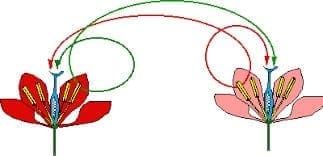
Do not cover: a seed that must not be covered with soil during seeding because it is too thin or requires light to germinate, or both.
E
Exposition: is the quantity of light a plant needs to grow.
- Sun: south sun exposition from about 10 a.m. until 4 p.m. or, gets the sun all day.
- Semi-shade: east sun exposition from dawn until 11 a.m. or west from about 2 p.m. until sunset, but semi-shade exposition can also be defined by placing a plant under the leaves of a tree, for example, or where the sun is dimmed and then has nothing to do with the length of time exposed, but mainly its intensity.
- Shade: there are different types of shade – 2 hours or less of the sun or, no sun at all, with luminosity, but without direct sun.
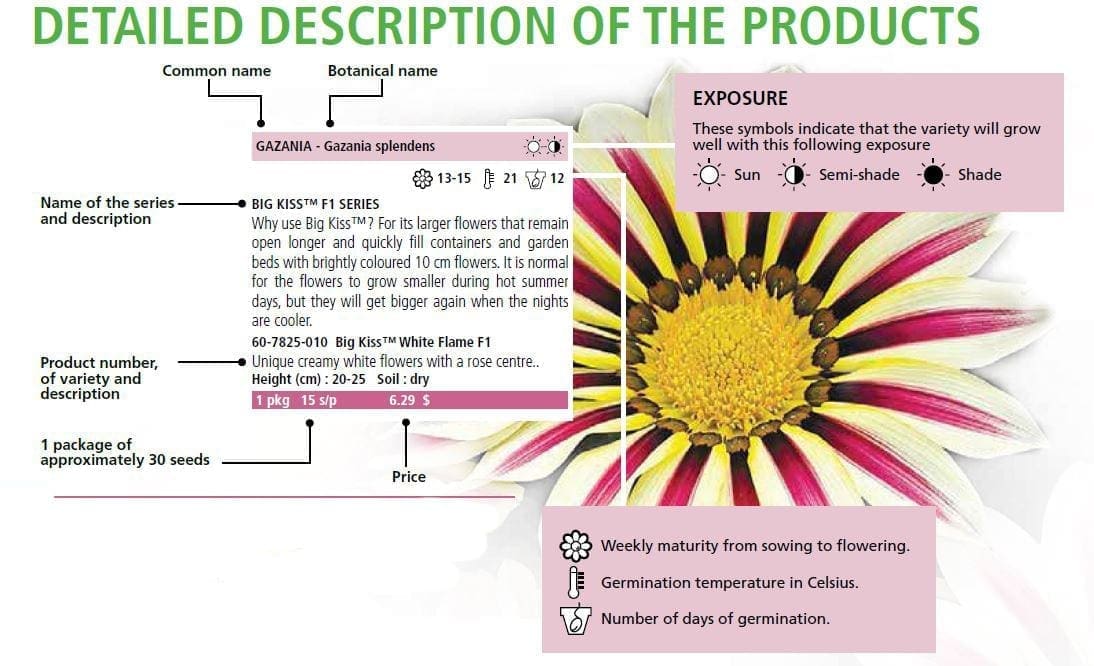
G
GMO: genetically modified organisms. A plant, in which a human inserted a genetic material of another plant or animal without utilizing the «normal path» such as pollination. There is, for example, corn that contains Bt genes, a bacteria, and lines of oilseed rape and soya in which genes were inserted making them herbicide resistant. No GMO seed is available to amateur gardeners at W.H. Perron.
H
Hybrid: plant which is the result of a cross between 2 types, 2 species or 2 genera. The F1 hybrids are the most common. Usually, the F1 hybrids perform better than a non-hybrid plant, but will cost a bit more because they must be manually pollinated in the greenhouse. The F2 hybrids, less usual, are the second generation and cost less because naturally pollinated, but are not as performing. Hybrids are not GMOs.
I
Indeterminate: a tomato plant (sometimes other plants) with flowers blooming at the axil of the twigs and not at the top, which makes the stems grow in height. You then need a strong plant stake or a large tomato cage. Fruit production is larger and harvest, sometimes a bit late, will be spread during all the season.
M
Monoïque: a plant that produces separate male and female flowers, but on the same plant. Usually, the female plant can be easily recognized because it carries a small ovary at its base, but has exactly the shape of the fruit to come. Squash, melon, cucumbers are monoïques.
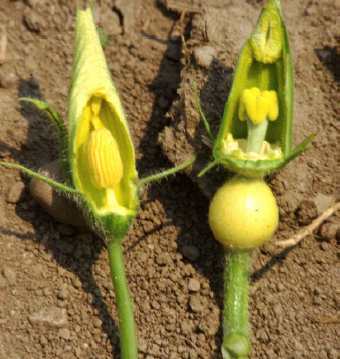
N
Non-runners: a squash that will produce a short stem and forms a rosette using less space in the garden. The zucchini is a well-known example of this type of squash.
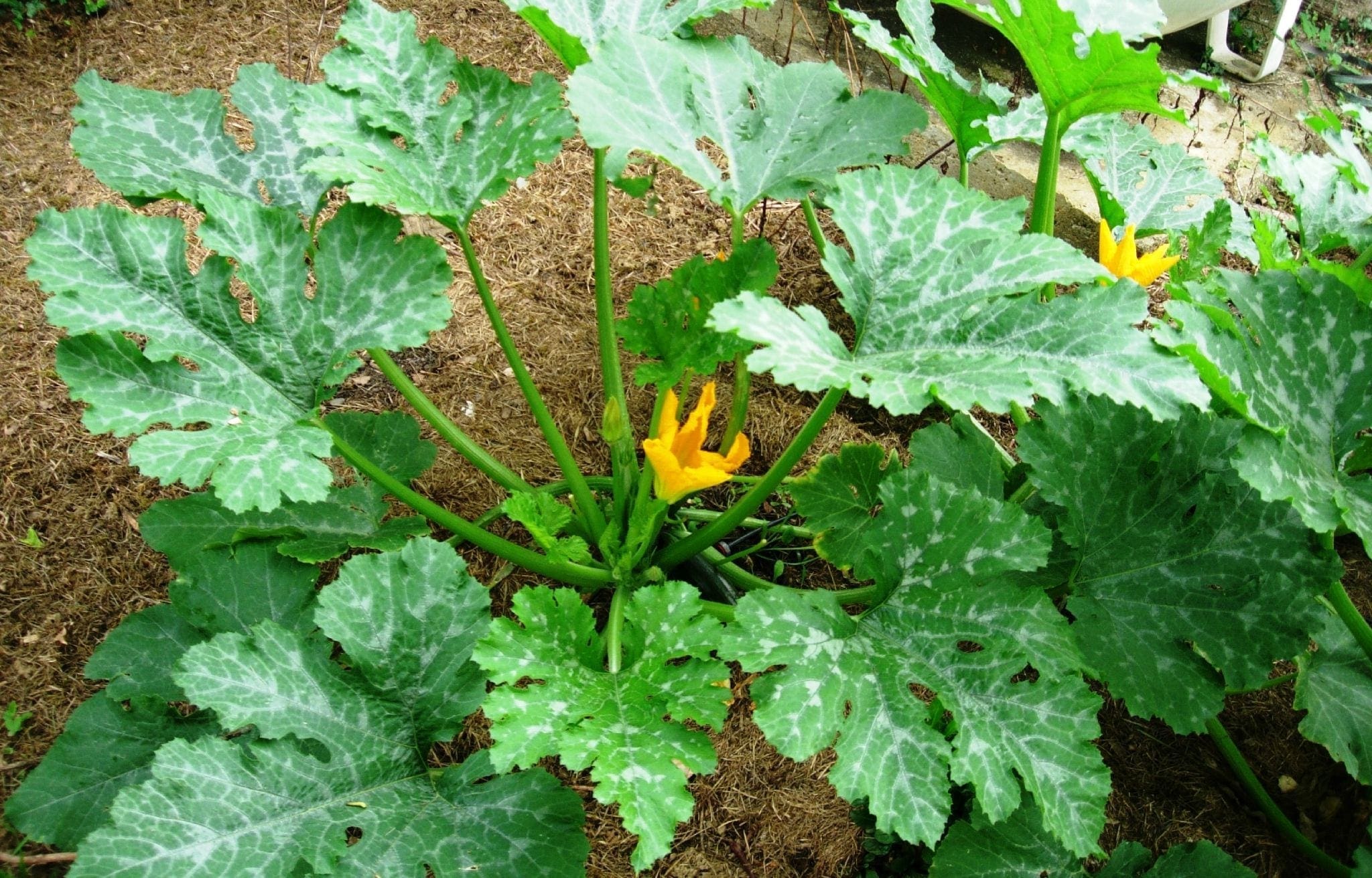
O
Organic: organic seeds have been drawn on plants that have not been treated with pesticides or artificial fertilizers (chemical). The producer uniquely uses organic fertilizers or pesticides, meaning derived from natural sources.
P
Peat Container: containers made of peat or any other pressed organic product used for sowing that do not tolerate transplant. You can transplant in the ground without removing or undoing it so the seedling is not affected by transplantation. Plants roots can afterward pierce the container and continue with a normal growth.
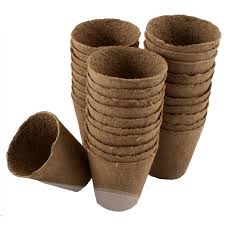
Perennial: an herbaceous plant that lives for more than two years and that blossoms more than once. It will not die after blooming.
Perfect (or hermaphrodite): a flower with male and female organs, thus stigma and stamens. It is the most common situation in nature.
Pinching: removal of the terminal bud (bud at the top of a stem). Pinching will stimulate ramification resulting in a more compact plant and often more attractive but will delay blossoming a bit.
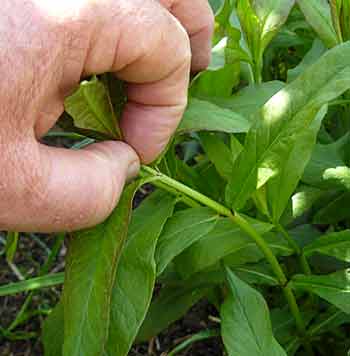
Pre-germinated seed: the seed was voluntarily placed under conditions that will initiate the germination process. This pre-germination technique aims to facilitate the emergence of the crop after seeding, particularly when cultivation conditions are difficult. In return, the duration of a pre-germinated seed is reduced. This type of seed must imperatively be sown the following year of the pre-germination process.
R
Require light to germinate: a seed that will germinate only under a light, sun or an artificial lighting. It must be sown at the surface of the soil without covering it, and place it in a well-lit area to stimulate germination.
Runner: said of squash with long creeping stems which requires a lot of space in a garden, just like a pumpkin. It’s a natural state for a squash.
S
Scarification: the action of cutting pierce or file the seed before seeding or, to soak for many hours in warm water. This will activate the germination of seeds with very hard envelopes (ipomeas, hibiscus, etc.)
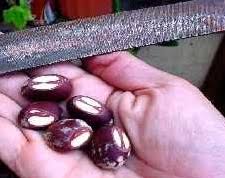
Self-fertile: a plant with flowers that can pollinate themselves, meaning that its pollen than ensure the reproduction of seeds. Most plants are self-fertile.
Sowing in open ground: a term used for describing seeds with rapid growth, which do not require to be sown indoors before. Ex.: beans, Indian carnation, corn.
Subculturing: the process of transplanting in open grounds.
T
Treated seed: a seed that has received a fungicide treatment to prevent rot in cold or damp soils. This treatment is not considered acceptable to organic growers.
U
Untreated seed: a seed that was not treated against fungicide making it accessible for an organic garden.
V
Heritage variety: Certain authorities consider that a plant that was introduced 50 years ago, or more, as heritage varieties. Others prefer the definition «before the 40s.»
Vernalization: see Cold stratification.
